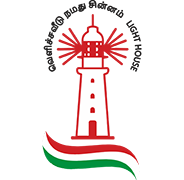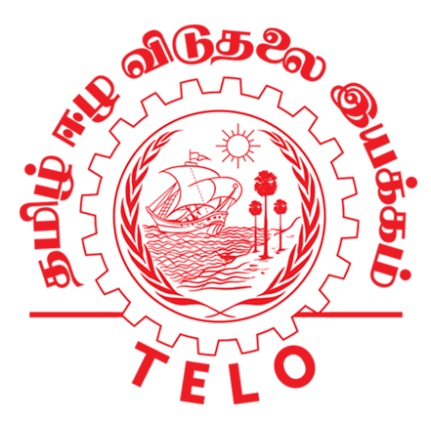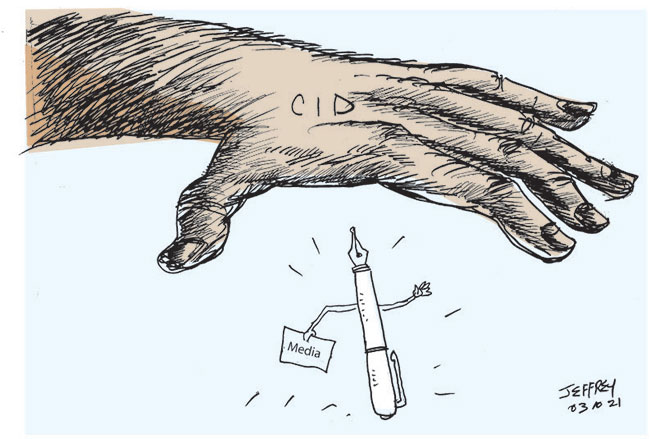Sri Lanka has dropped fifteen places and ranks 150th in the 2024 World Press Freedom Index, published annually by Reporters Without Borders (RSF).
Sri Lanka’s ranking was 135 out of 180 countries last year. Pakistan is ranked 152 while India is 159th this year.
The index ranks 180 countries on the ability of journalists to work and report freely and independently.
On Sri Lanka, the report states: “Press freedom issues are closely tied to the civil war that ravaged the island until 2009, and to the still unpunished crimes of violence against many journalists when the Tamil rebellion was being crushed. With a media sector lacking diversity and highly dependent on major political clans, journalism is still in danger in this country of 22 million inhabitants.”
“Sri Lankan law does not restrict freedom of expression, but nothing guarantees the protection of journalists,” it said, adding that Parliament passed an internet regulation law in January 2024 creating the Online Safety Commission, whose members are appointed by the president. “Under the guise of defending “national security”, it can censor the content and accounts of dissident voices on social media, and suspend the confidentiality of their sources.”
On the safety of journos, it said: “Many media professionals were killed or disappeared during the past two decades, marked by the crushing of the separatist Tamil Tiger rebellion. No journalist has been killed since 2015, but the previous killings have gone completely unpunished.
“The tenth anniversary of the end of the civil war in 2019, was marked by a troubling increase in attacks on reporters based in the north and on the east coast, the traditional Tamil homeland. Journalists there are subjected to systematic surveillance and harassment by the police and army, and independent media are excluded from these areas. “
In the Asia-Pacific region – the world’s second most difficult region for practising journalism – five countries are among the world’s ten most dangerous countries for media personnel: Myanmar (171st), China (172nd), North Korea (177th), Vietnam (174th) and Afghanistan (178th).
In the Middle East and North Africa, the situation is “very serious” in nearly half of the countries. The United Arab Emirates joins the eight other countries in the red zone on the map: Yemen, Saudi Arabia, Iran, Palestine, Iraq, Bahrain, Syria and Egypt.
Palestine, occupied and under bombardment by the Israeli army, and the deadliest country for journalists, is also at the bottom of the Index. Qatar is now the region’s only country where the situation is not classified either as “difficult” or “very serious.”
The countries where press freedom is “good” are all in Europe, and more specifically within the European Union, which has adopted its first media freedom law (EMFA). Ireland has dropped out of the Index’s top three countries, replaced by Sweden, while Germany is now one of the top ten countries. Press freedom is nonetheless being put to the test in Hungary, Malta and Greece, the three lowest-ranked EU countries.
The overall decline in the political indicator has also affected the trio at the top of the World Press Freedom Index. Norway, still in first place, has seen a fall in its political score, and Ireland (8th), where politicians have subjected media outlets to judicial intimidation, has ceded its leading position in the European Union to Denmark (2nd), followed by Sweden (3rd).





